Nat’l Poetry Month… In GOBLINLAND!!!
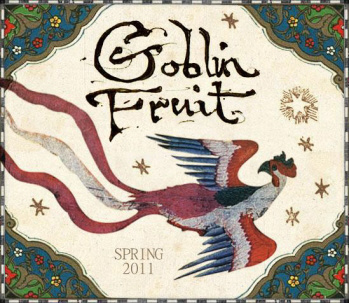 What? Another issue of Goblin Fruit is LIVE??? Aw, heck! Why didn’t you say so in the first place?
What? Another issue of Goblin Fruit is LIVE??? Aw, heck! Why didn’t you say so in the first place?
Okay, okay. All kidding aside. Yes – the Spring 2011 Issue is out!
And you know what? It’s special.
And you know why? Because I’m in this one it’s Goblin Fruit’s FIFTH ANNIVERSARY!!!
Hurray! Yippee! Three cheers!
They’re doing all sorts of cool things here. Wick and El-Mohtar have their usual, hilarious Note from the Editors, they have a PRIZE DRAWING, and their featured poet, Catherynne M. Valente has put up Act I of a four-act colossus, A Silver Splendour, a Flame, which she says will be, if she does it right, her “Cantos.”
Cat blogged about it yesterday:
This is a Persephone poem. It is a very long Persephone poem. It, in fact, will not complete for one year. The “acts” will come out on the solstices and equinoxes for the next year, as is appropriate for Our Girl. It is a sprawling thing, with much experimentation and madness. It is Persephone as a Vaudeville show. It is difficult and it is thorny and it is, I hope, beautiful. I hope you like it. I hope you’ll all read it, whatever you think about poetry, and Persephone, and girls scribbling verse. Give it a chance.
I started reading it yesterday, thinking just to peek — it is, after all, quite long — and then I fell in. Into a pool of my own slobber. I mean, I can’t even, AAAUUGGGHH!
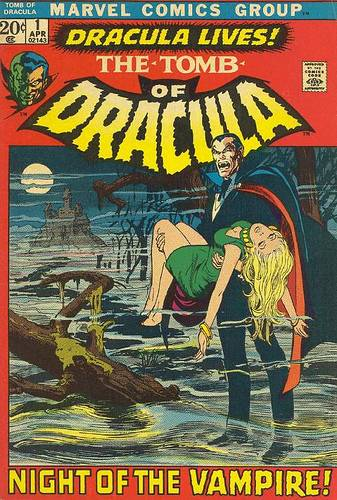
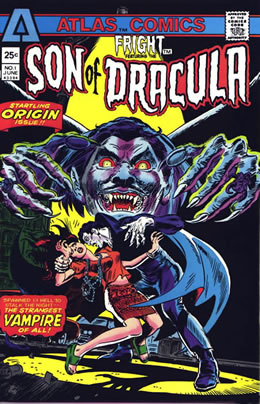
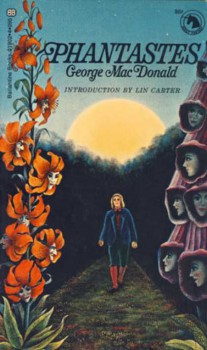 Warning: Some spoilers ahead
Warning: Some spoilers ahead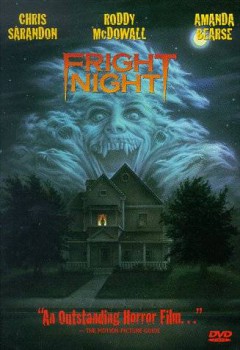
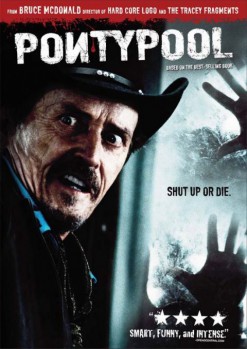
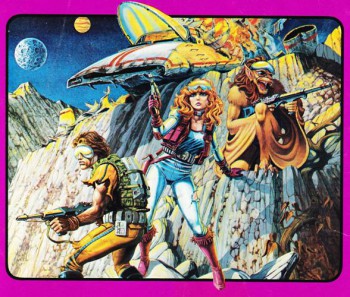
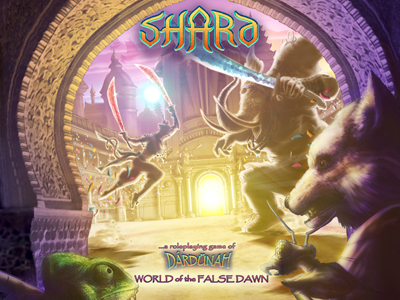 I first discovered the Shard RPG at
I first discovered the Shard RPG at 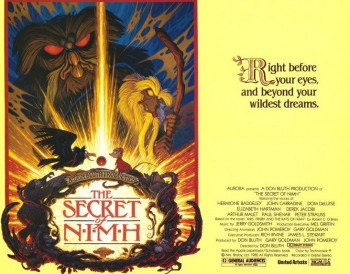 The Secret of NIMH (1982)
The Secret of NIMH (1982)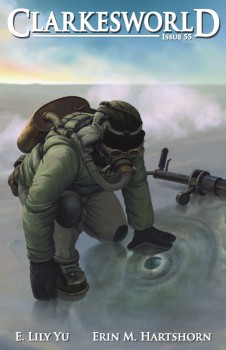
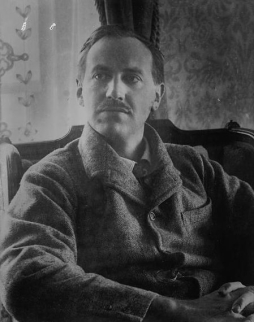 Lord Dunsany’s short story “The Fortress Unvanquishable, Save for Sacnoth” has been called the first sword-and-sorcery story ever written. That attribution has been
Lord Dunsany’s short story “The Fortress Unvanquishable, Save for Sacnoth” has been called the first sword-and-sorcery story ever written. That attribution has been